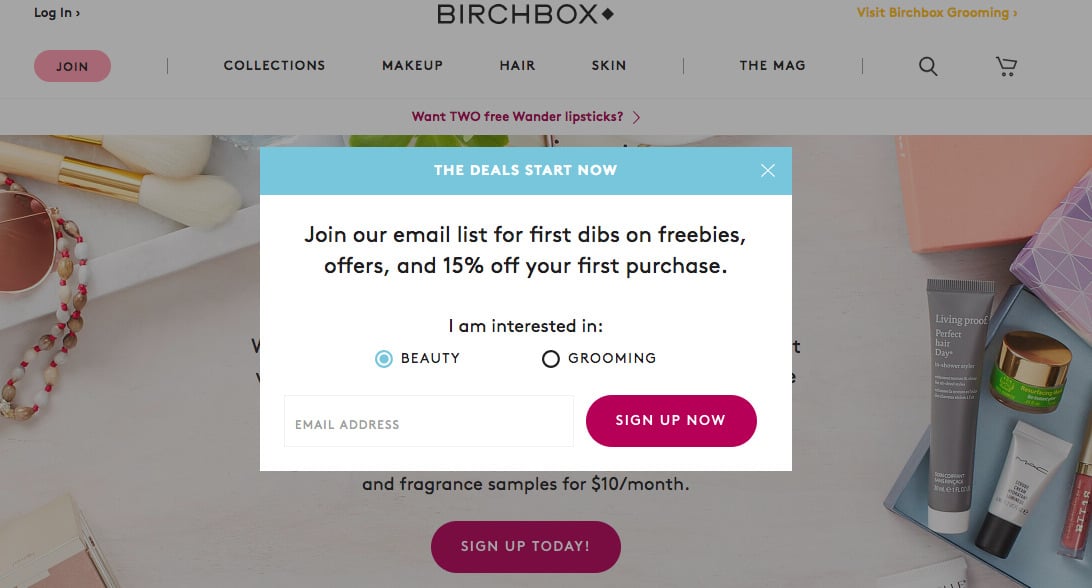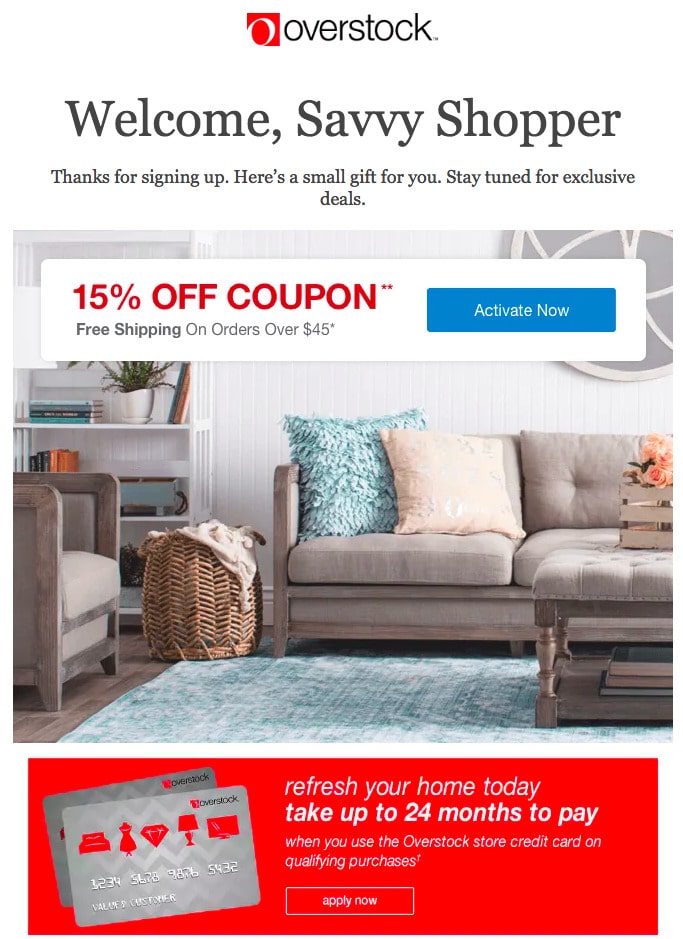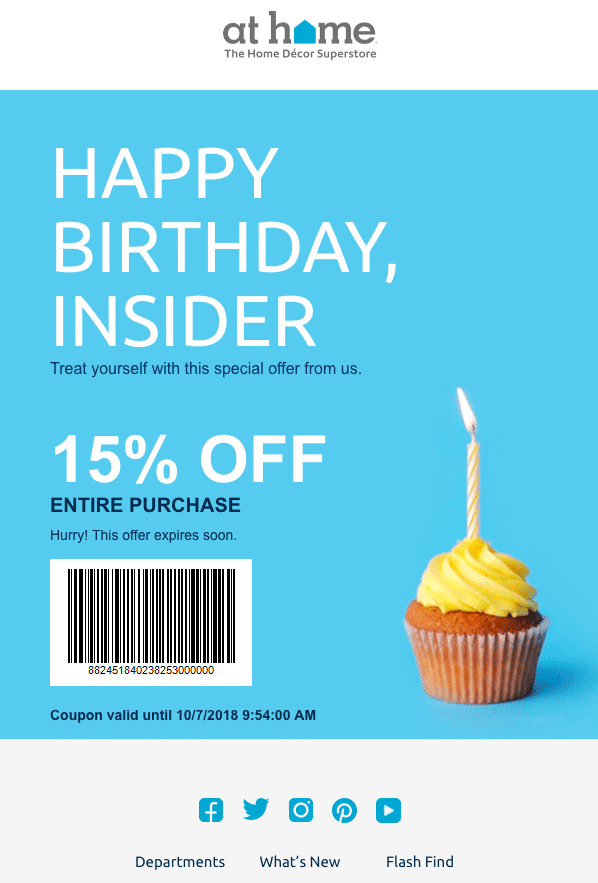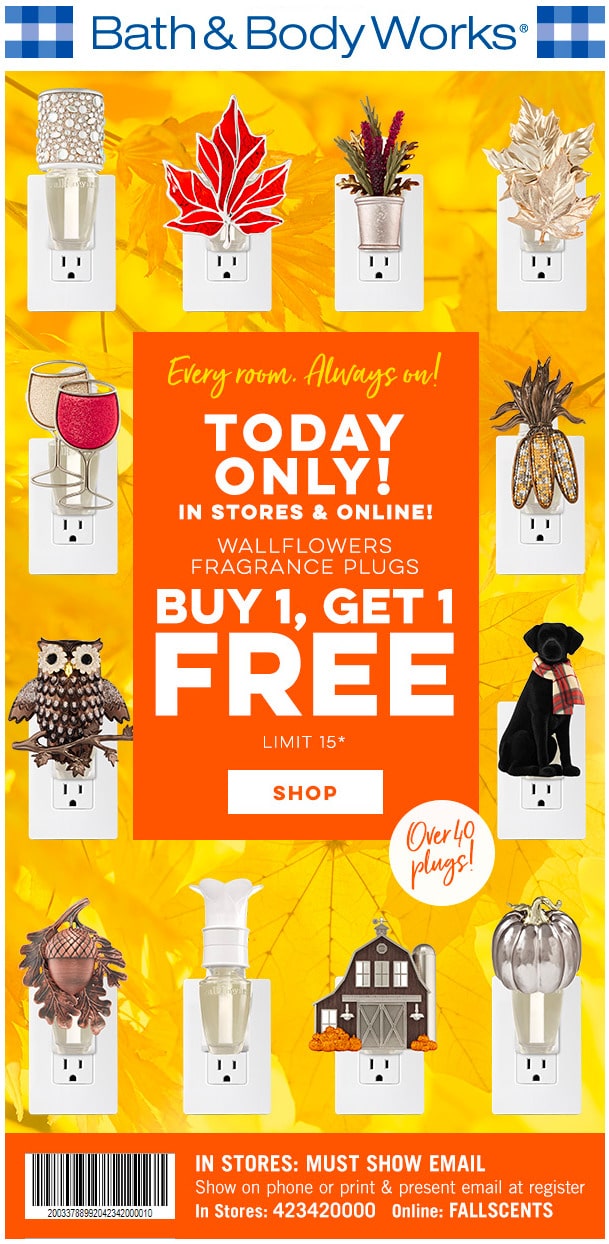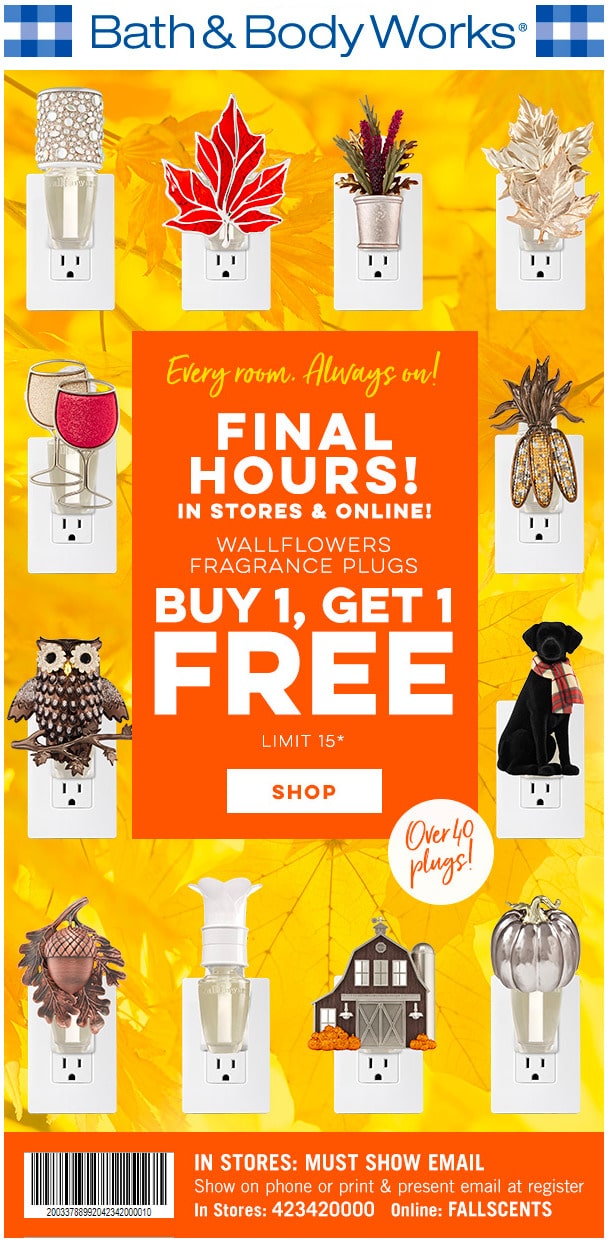4 time saving tips for the busy email marketer
Whether you’re crafting emails for a list of 40 or 40,000, it can be a time-consuming process. Despite the time commitment, email marketers know their endeavors are worth it. Eighty percent of marketers say email provides the highest ROI of any other marketing tactic, according to eMarketer.
If only there were ways to send emails without spending countless hours at your laptop. Good news. We’ve got four time-saving tips for the busy email marketer.
These four tips will help you create and send must-read emails without giving up your lunch hour.
Let’s get started.
1. Ease your design workload with ready-to-use templates
Today’s subscriber expects a well-organized email that’s easy to “scan” before reading. Once opened, subscribers spend about 15-20 seconds scanning your email, according to MarketingSherpa, so a clear layout is crucial.
But, not everyone has an eye for design. Not to worry. Email service providers like Emma offer dozens of pre-made templates that you can use. With clean designs, the templates let subscribers digest an email in seconds.
Plus, the templates offer a responsive design, which means they adapt to every screen. That’s crucial in today’s mobile era where the majority of emails (55%) are opened on mobile devices, according to research from Return Path.
2. Save time growing your list with set-and-forget collection tools
To succeed at email marketing, you need a steady stream of potential customers to market to. However, you’ll lose about 25-30% of your subscribers every year.
Just to sustain your list you have to grow it by 25% and that just covers your annual losses, also known as churn. If you want to actually grow your list, you have to gain more than 25%.
To make sure your list is constantly growing, here’s a time-saving tip for the busy email marketer: use set-it-and-forget-it tools that collect email addresses and sync with your email service provider.
Here are a few tools to use:
Sign-up form
Put a sign-up form in a visible spot on your website and blog so visitors can easily join your email list. The form should be short and simple. Many “forms” aren’t really forms per say, they just have one, maybe two fields, that subscribers fill in to join a list.
The form below on the Birchbox website asks subscribers if they’re interested in beauty or grooming and asks for an email address. It takes seconds to fill out, which consumers prefer.
Most email service providers offer sign-up forms that you can put on your website. As customers join your list, names and emails flow seamlessly into your email account.
Pop-up form
You should also consider using pop up messages to collect email addresses. Try a tool like OptinMonster or Privy to create a pop-up, launch it on your site, and sync your new contacts to your email account.
Birchbox, for example, shows visitors this pop-up seconds after arriving on the site.
You can trigger pop-up messages in a variety of ways. For instance, the message can appear after a visitor spends a certain amount of time on your website, when they visit a certain page, or if they read a specific blog post.
Contest assistant
Another way to collect emails is to host social media contests or giveaways. If you use a tool like Woobox, for example, it will help you keep tabs on participants while collecting and storing your new contact information.
Once these tools are deployed, information rolls in. You don’t have to do anything. Hence the name, “set it and forget it.”
It’s just another one of our time-saving tips for the busy email marketer.
3. Maintain your email list with easy-to-use tools
An email list requires maintenance. You can’t keep an ongoing list of contacts without doing some upkeep.
You want an email list that’s full of people who are legitimately interested in your product. To make that a reality, you have to remove inactive and disengaged subscribers.
For starters, any email that bounces was sent to an email account that no longer exists. Since there’s no hope of reaching the customer anymore, you can remove these contacts without hesitation.
In addition, any customer that unsubscribes from your list should be removed immediately. Actually, it’s the law. The CAN-SPAM Act requires businesses to remove customers from their email list within 10 days of unsubscribing.
What about subscribers who don’t seem interested in your email anymore? You should send them a “confirm opt-in” email to see if they still want to hear from you. If you don’t get a response after a few attempts, it might be time to remove them as well.
Bottom line: email maintenance is time-consuming. Some contacts should be removed instantly, like those that bounce, while others require specifically designed campaigns to judge their waning interest level.
Rather than manually sift through your data and remove individual contacts, there are tools that can streamline the process for you. Xverify, for example, can automatically remove invalid email addresses and keep your list clean.
Email service providers like Emma also provide user-friendly tools to scrub email lists. If a subscriber unsubscribes, for example, you don’t need to do anything. Emma will remove the contact for you. It’s just another way Emma saves email marketers time.
4. Automate certain emails to enhance customer relationships
Nothing saves time like automation. You can set triggers that send relevant emails to customers automatically. That’s right, automatically.
You can trigger an email based on two things: a date or a subscriber’s action.
To automate an email on a specific date, you’ll create an email ahead of time and schedule it for a specific day and time. On that date, the email arrives in subscribers’ inboxes.
To automate emails based on a subscriber’s action, you’ll pre-make the email, but it will only deliver when a subscriber does something specific like join your email list, open an email, or browse a certain product on your website. These actions serve as triggers. Once the subscriber completes the action, the email you previously made is delivered. You don’t have to do a thing.
Some marketers are a bit hesitant to embrace automation for fear of losing quality control or delivering robotic, impersonal messages. Neither is true. You decide what to automate, and you can personalize automated emails just as you would any other message. And, remember, automation is a huge time saver.
Don’t stray away from automation. Embrace it.
Wondering which emails you should automate? The choice is yours, but for inspiration, here’s a look at emails that Emma customers commonly automate:
Welcome emails
As soon as a potential customer joins your email list, deliver a welcome email. Joining your list shows interest, and you should capitalize on this engagement opportunity.
The act of joining the list will serve as the trigger, so when a prospective customer fills out the form on your website, a welcome email is automatically sent.
Here’s an automated welcome email from Overstock with a friendly greeting and a coupon:
Birthday
Wish your customers a happy birthday when their special day rolls around. Of course, to do so, you’ll have to collect customer birthdates. You might consider asking customers for that information on your website sign up form.
With the data in hand, you can craft a birthday email and schedule it to deliver on a customer’s big day. At Home sends its customers this email with a 15% off coupon:
Sale reminders
If you’re hosting a big sale, let your customers know about it via email. But, knowing how busy your customers are, it’s always a good idea to send a reminder too.
Using automation, you can send a reminder email to customers who opened your email or clicked a link inside. Their actions show interest, so they’re the best recipients of the follow-up email. And with automation, you don’t have to check open rates or manually segment contacts, you can set up a trigger based on email activity.
For example, to promote a sale, Bath and Body Works sent this email to customers:
Any customer who opened the email received this reminder email hours before the sale ended:
The reminder email is automatically sent for you, so you can drive more sales without sitting down at your laptop or logging into your email account.
Pretty impressive time-saving tips for the busy email marketer, right? Plus, what’s awesome about these automated emails is that you’re delivering relevant messages – all while saving time.
Wrap up
These time-saving tips for the busy email marketer are meant to highlight tips and tools that can streamline the creation and delivery process without compromising customer relationships.
Working with an email service provider like Emma gives you access to an easy-to-use builder, templates galore, integrations with popular apps, and automation features that replace manual tasks. Put simply, Emma can save you time. See how with a free demo.
MOST RECENT ARTICLES
Want to engage your audience and grow your brand? Try Emma's robust easy-to-use product today.


